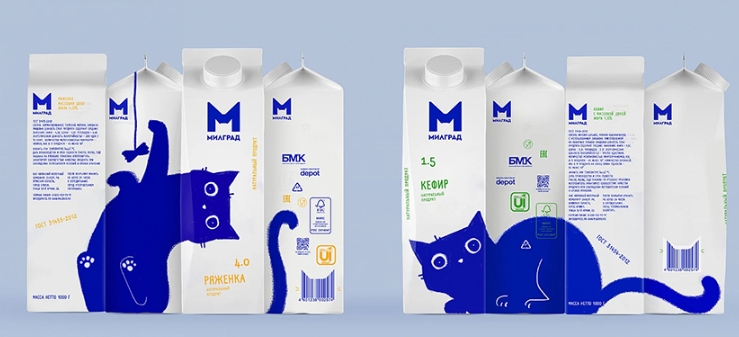Milk Package Design: A Splash of Creativity and Functionality
In today’s world, where consumers are increasingly conscious of sustainability and aesthetics, the design of milk packaging plays a crucial role in influencing purchasing decisions. From shelf appeal to environmental impact, effective packaging design not only attracts attention but also enhances functionality. Let’s explore some key aspects of milk package design that make it both relevant and fascinating.
Understanding Material Choices
When it comes to milk packaging, the choice of materials is paramount. Traditional options like glass and plastic have their pros and cons, but today, many brands are leaning towards environmentally friendly alternatives. For instance, Tetra Pak, widely used in the milk industry, offers a combination of materials like paper and aluminum that provide excellent barrier properties while being recyclable. Choosing the right material not only preserves the milk’s freshness but also reflects a brand’s commitment to sustainability, making it a vital consideration for modern consumers.
Designing for Functionality
A well-thought-out package design ensures that the product is not just visually appealing but also easy to use. Milk cartons often feature resealable caps or spouts for convenient pouring, reducing spills and waste. Additionally, ergonomic shapes make handling easier, especially for families with children. The incorporation of clear labeling and nutritional information helps consumers make informed choices while shopping. Ultimately, a functional design enhances the user experience and encourages brand loyalty.
The Role of Aesthetics
While functionality is essential, the visual appeal of milk packaging cannot be overlooked. Bold colors, inviting graphics, and unique shapes can distinguish a product on crowded supermarket shelves. Brands often use design elements that tell a story, evoking feelings of freshness, health, or nostalgia. Seasonal designs can also engage consumers and create a sense of excitement around the product. A striking aesthetic not only captures initial interest but can also reinforce brand identity and foster emotional connections with consumers.
Conclusion
The world of milk package design is a fascinating blend of creativity, functionality, and environmental responsibility. By understanding the importance of materials, functionality, and aesthetics, both brands and consumers can appreciate the thought that goes into every carton or bottle. If you’re intrigued by the intersection of art and food, why not delve deeper into the world of packaging design? Explore brands making waves in the milk industry, and consider how good design can enhance your everyday products!

